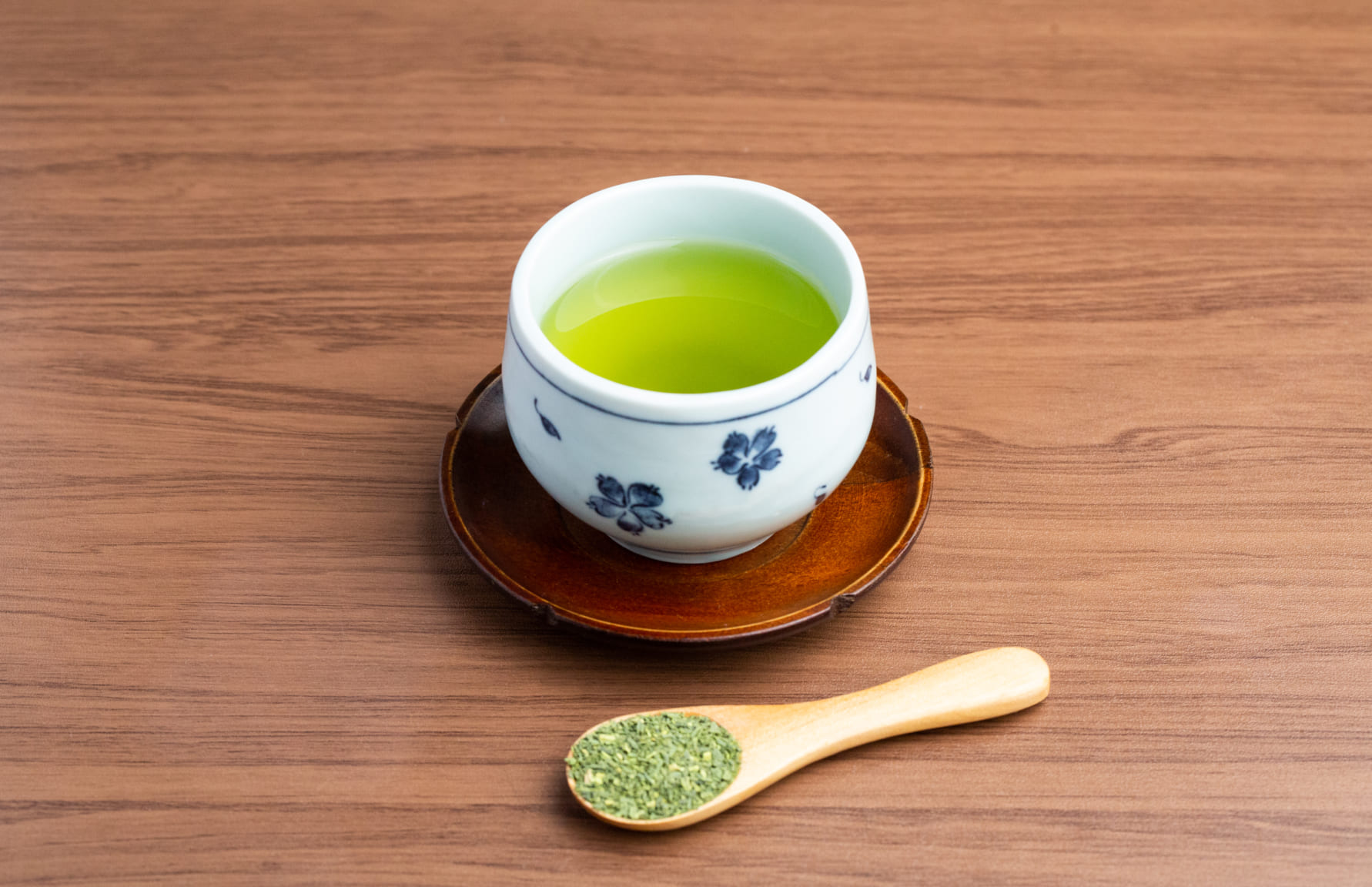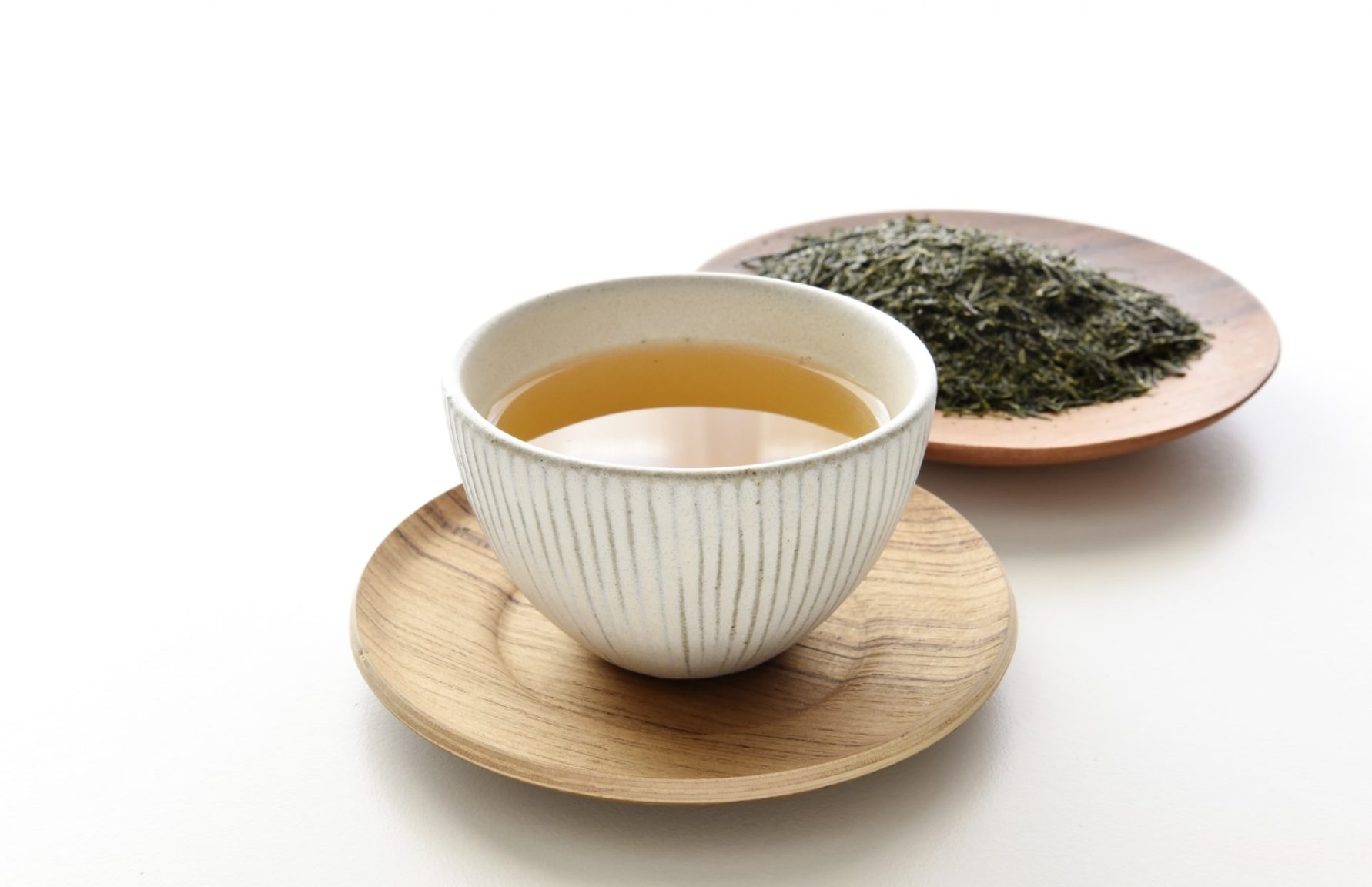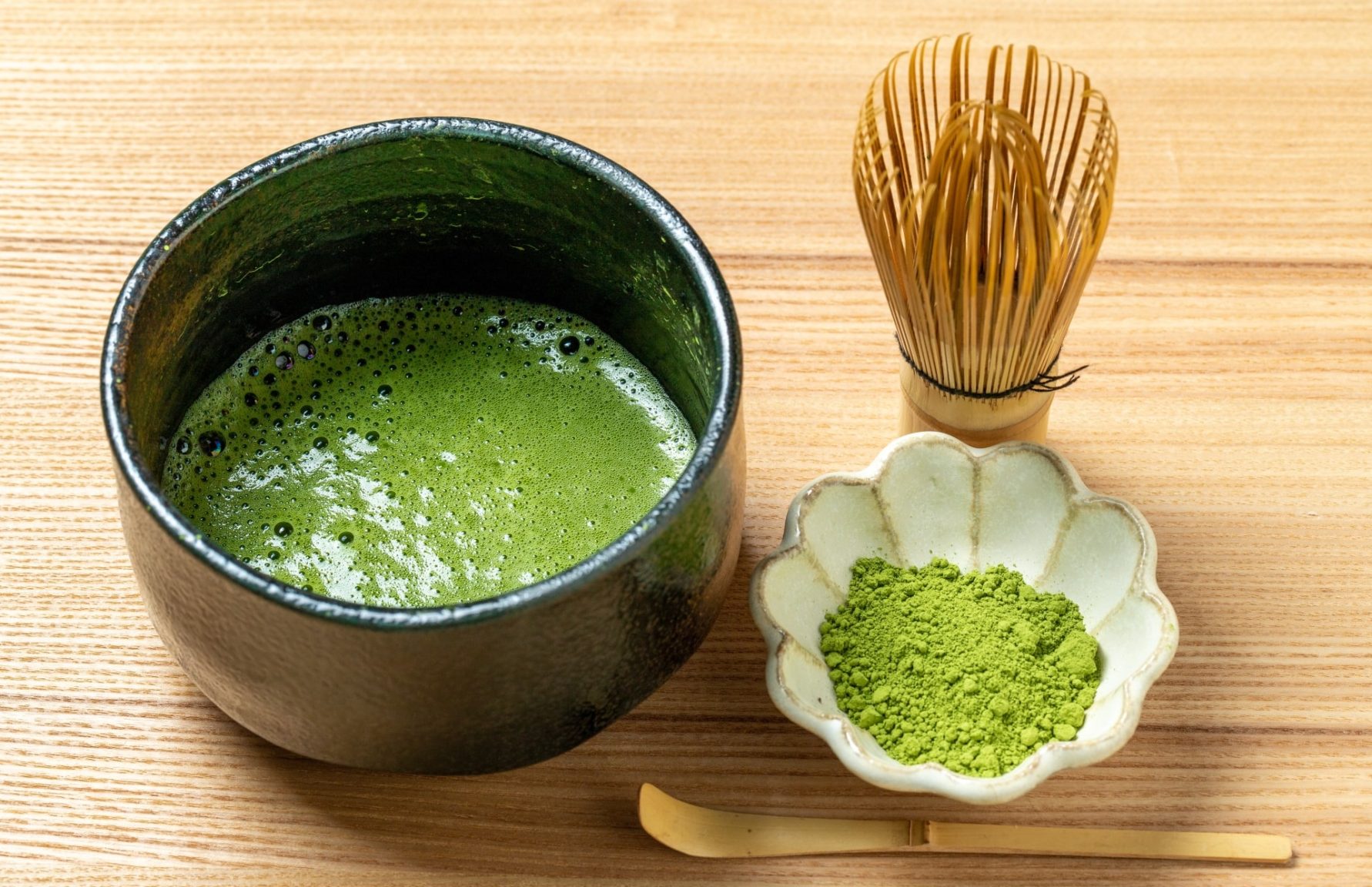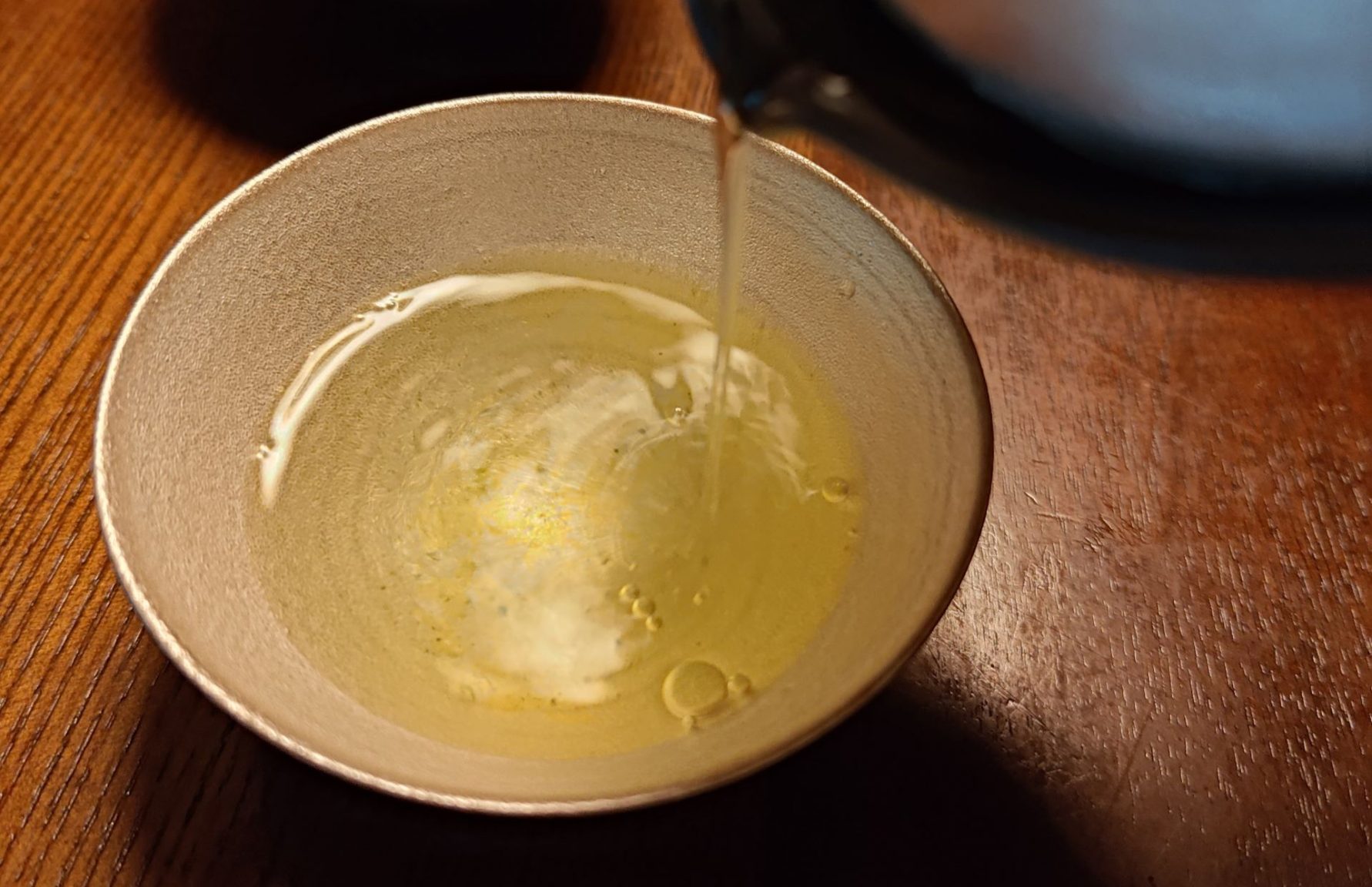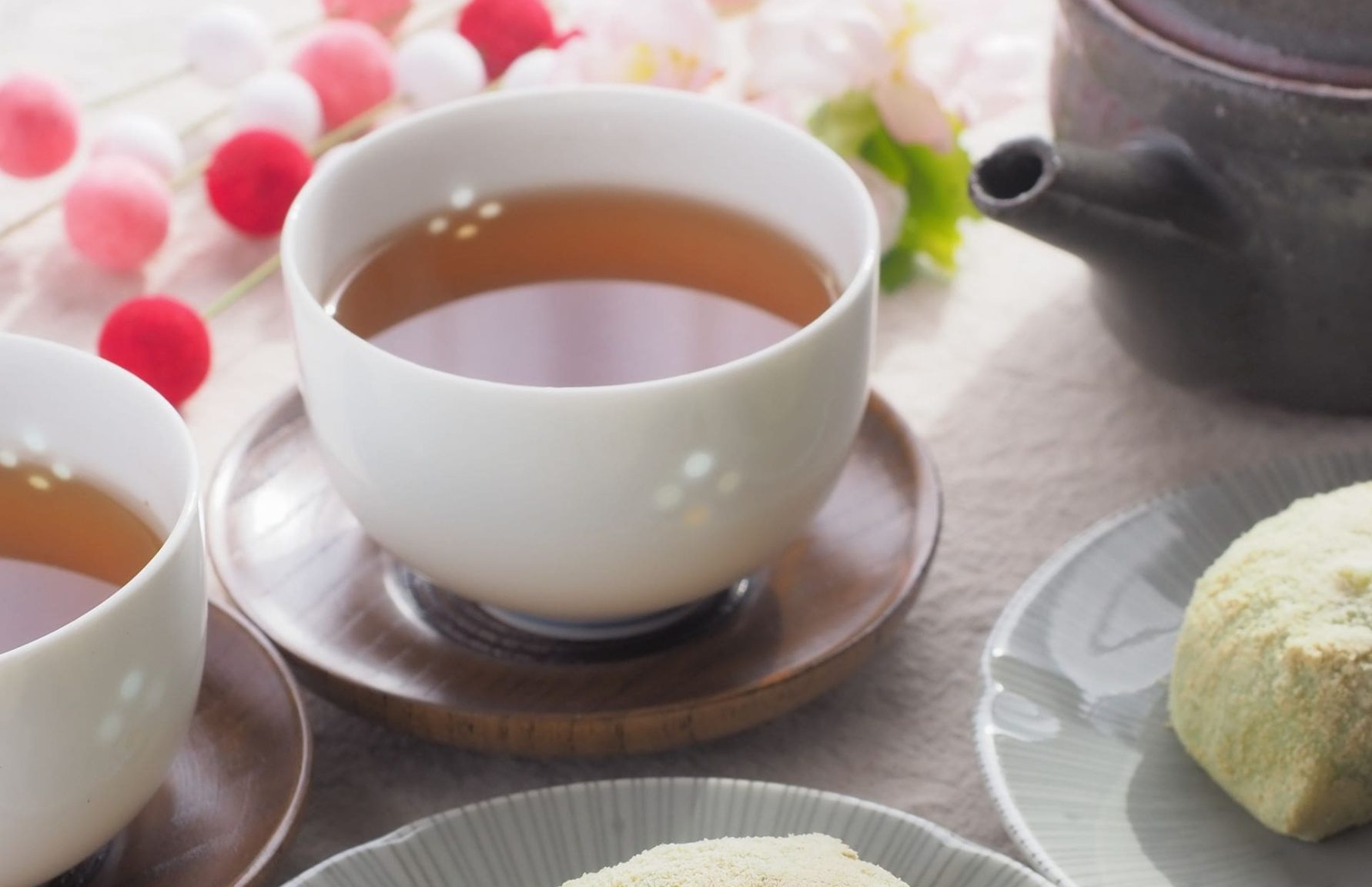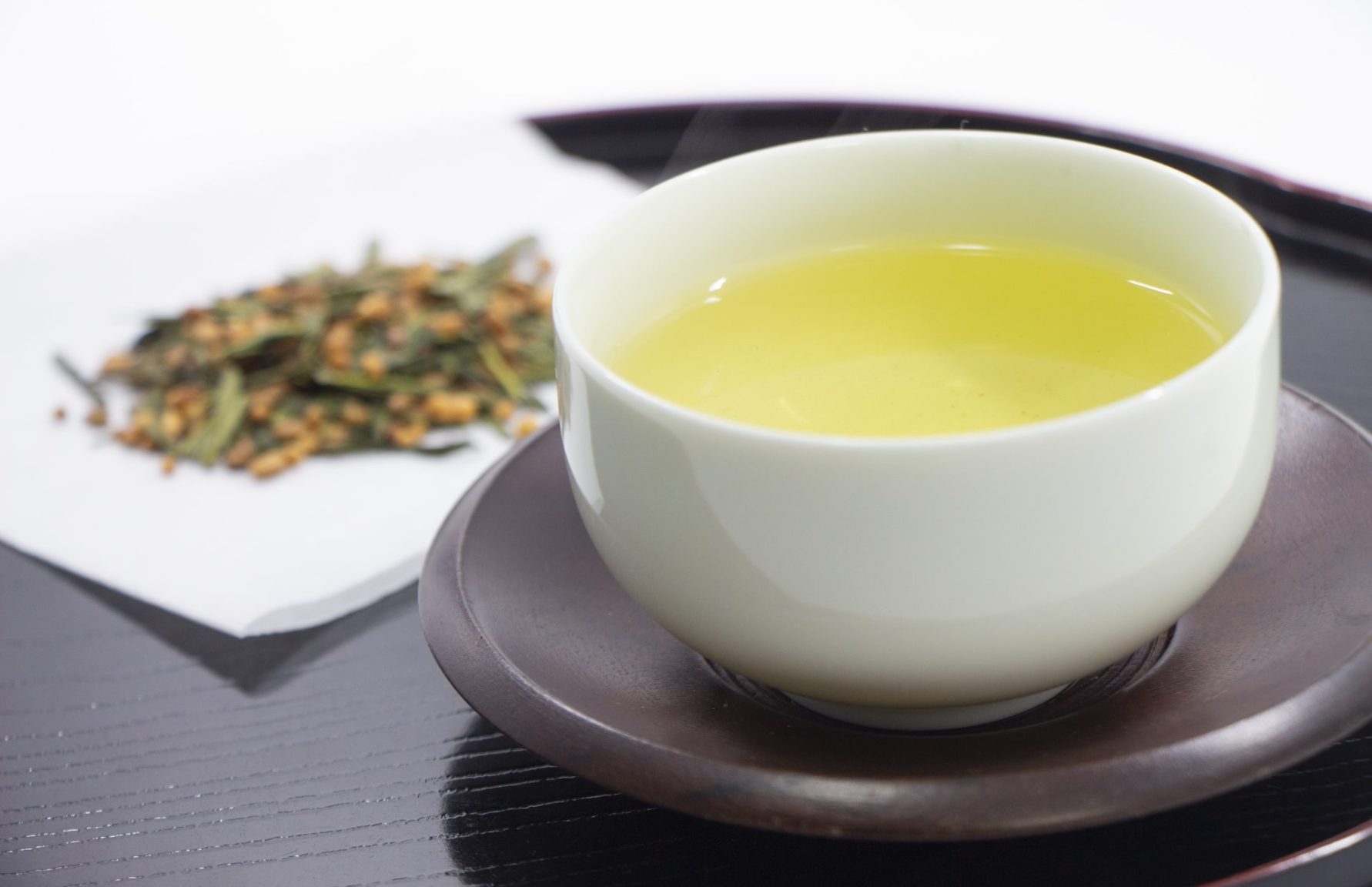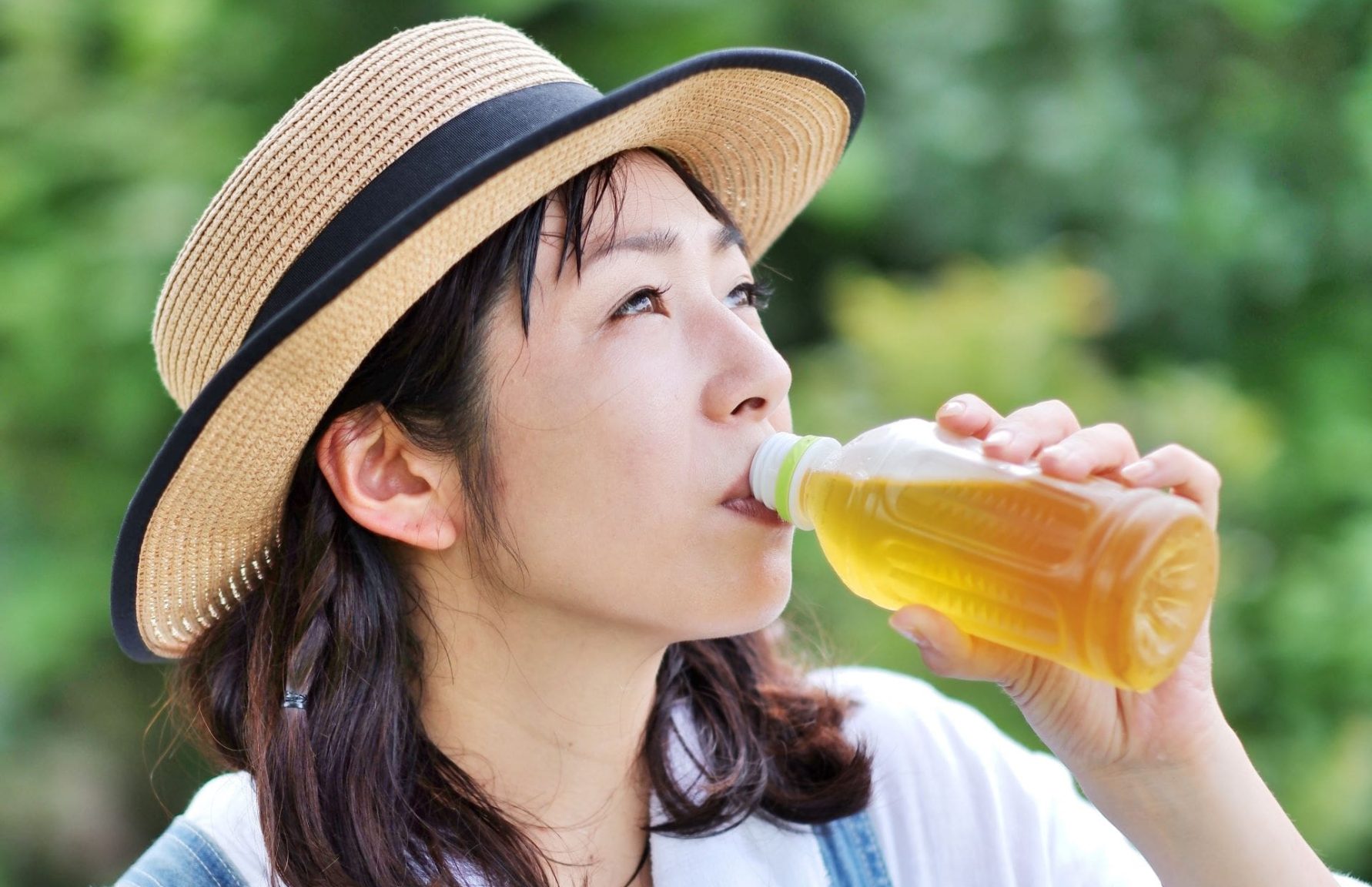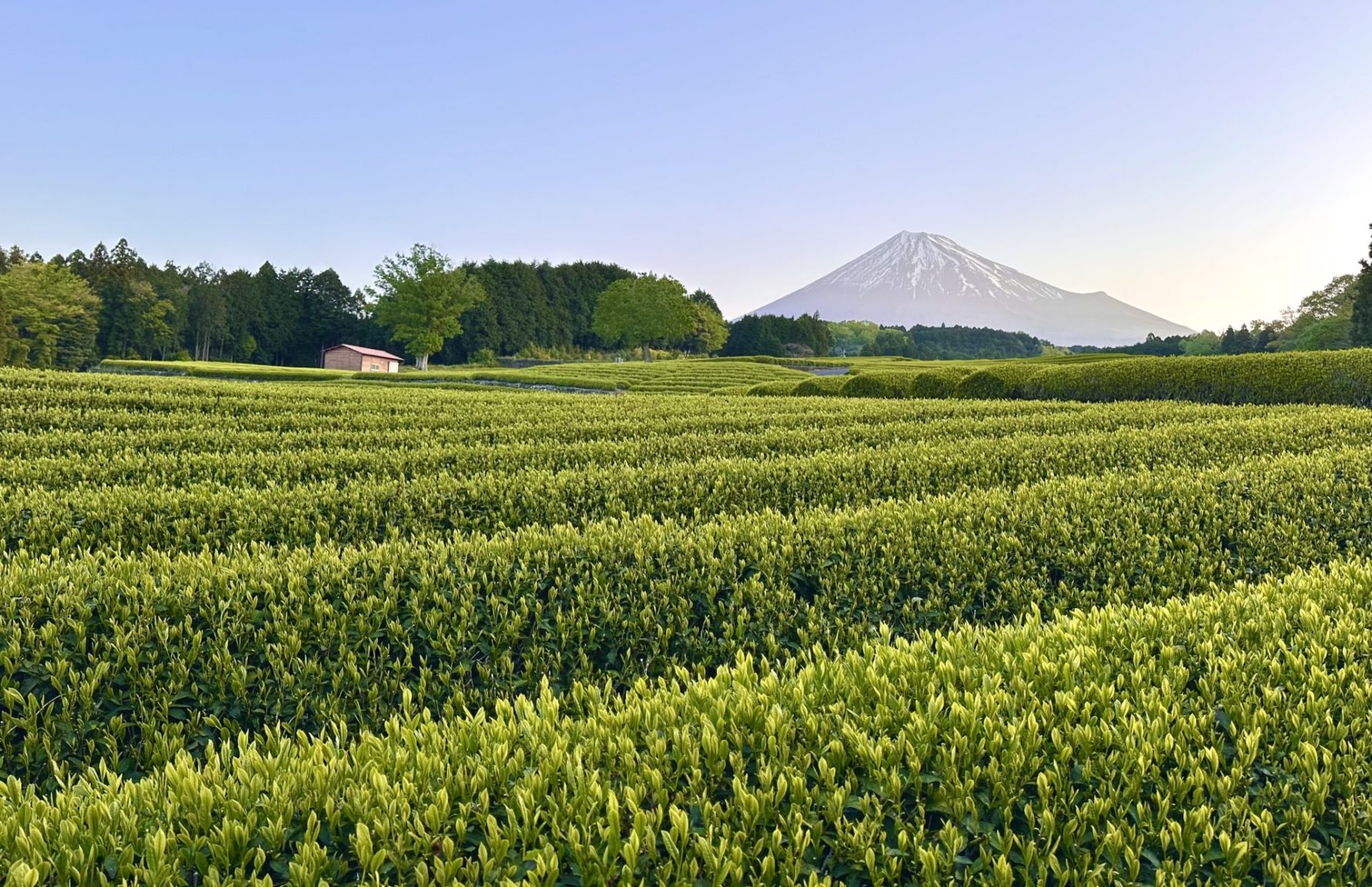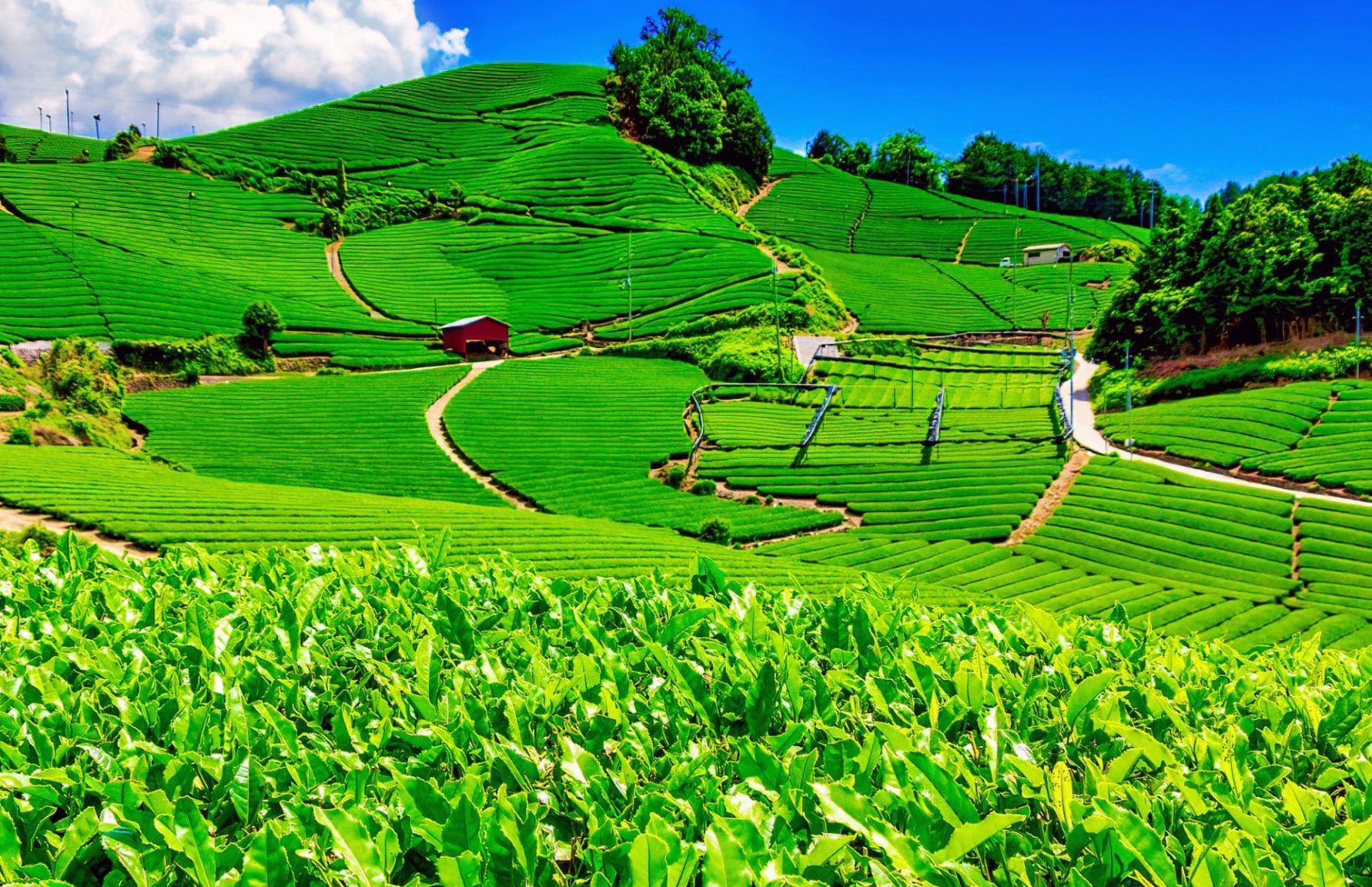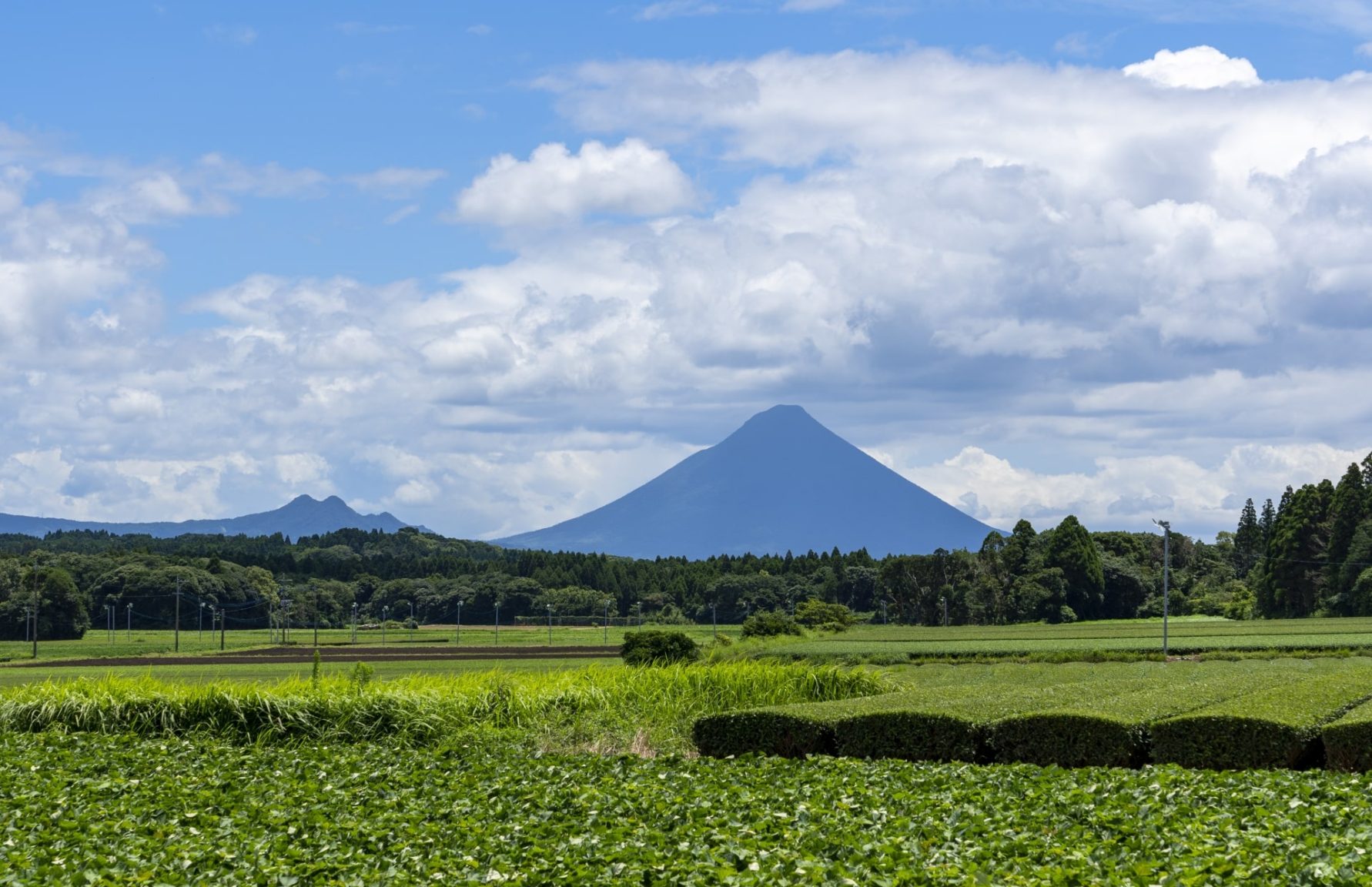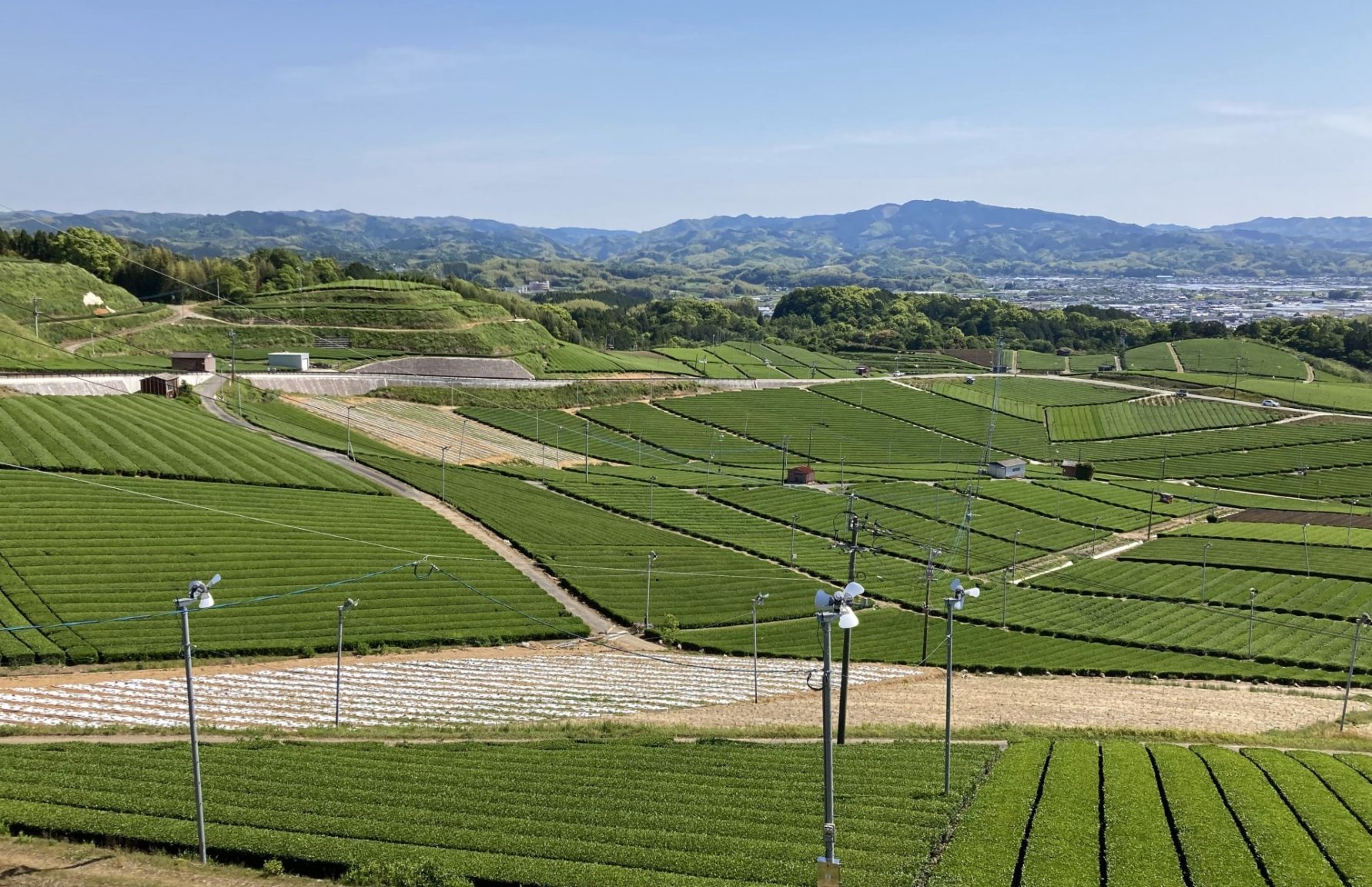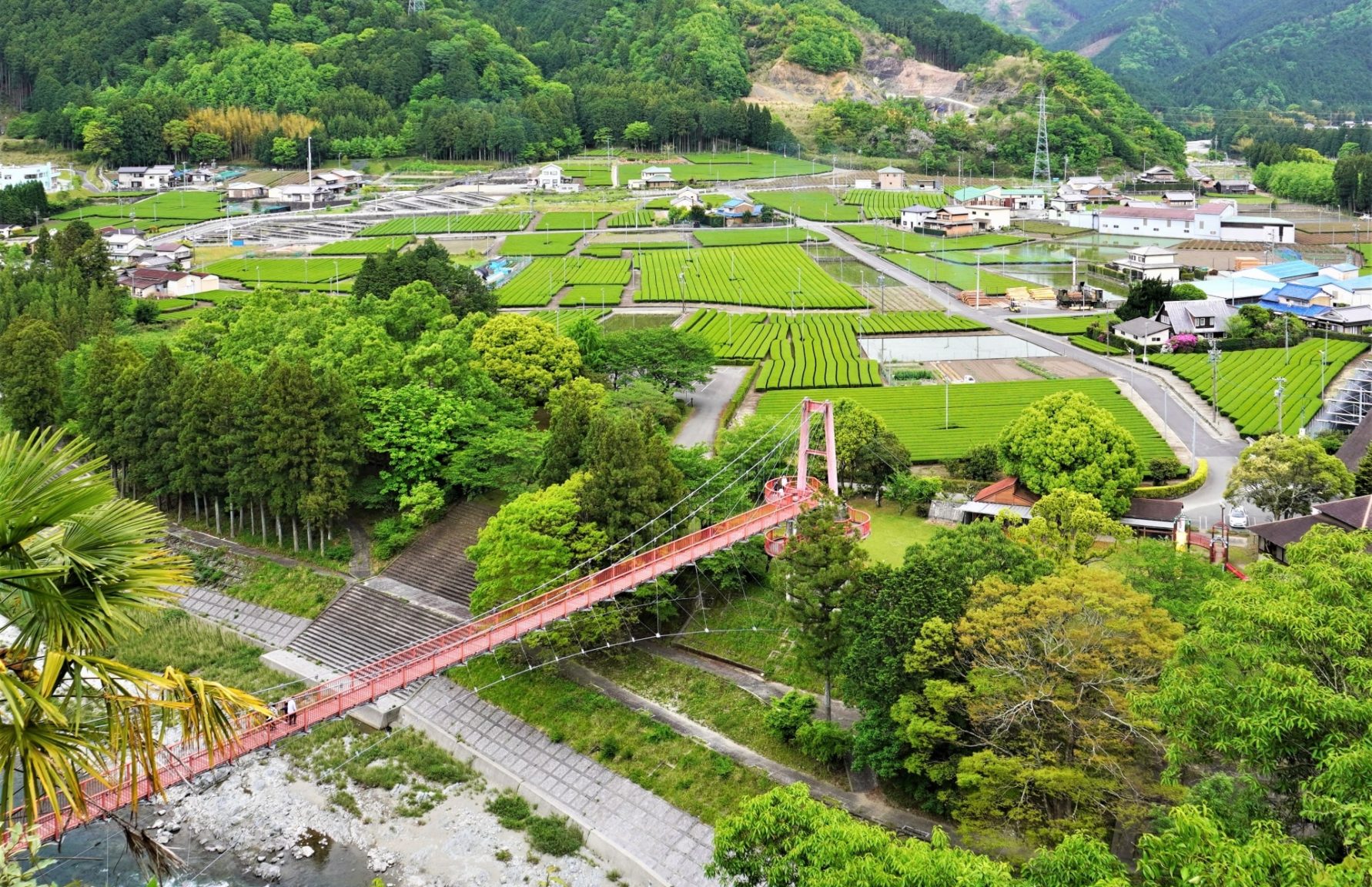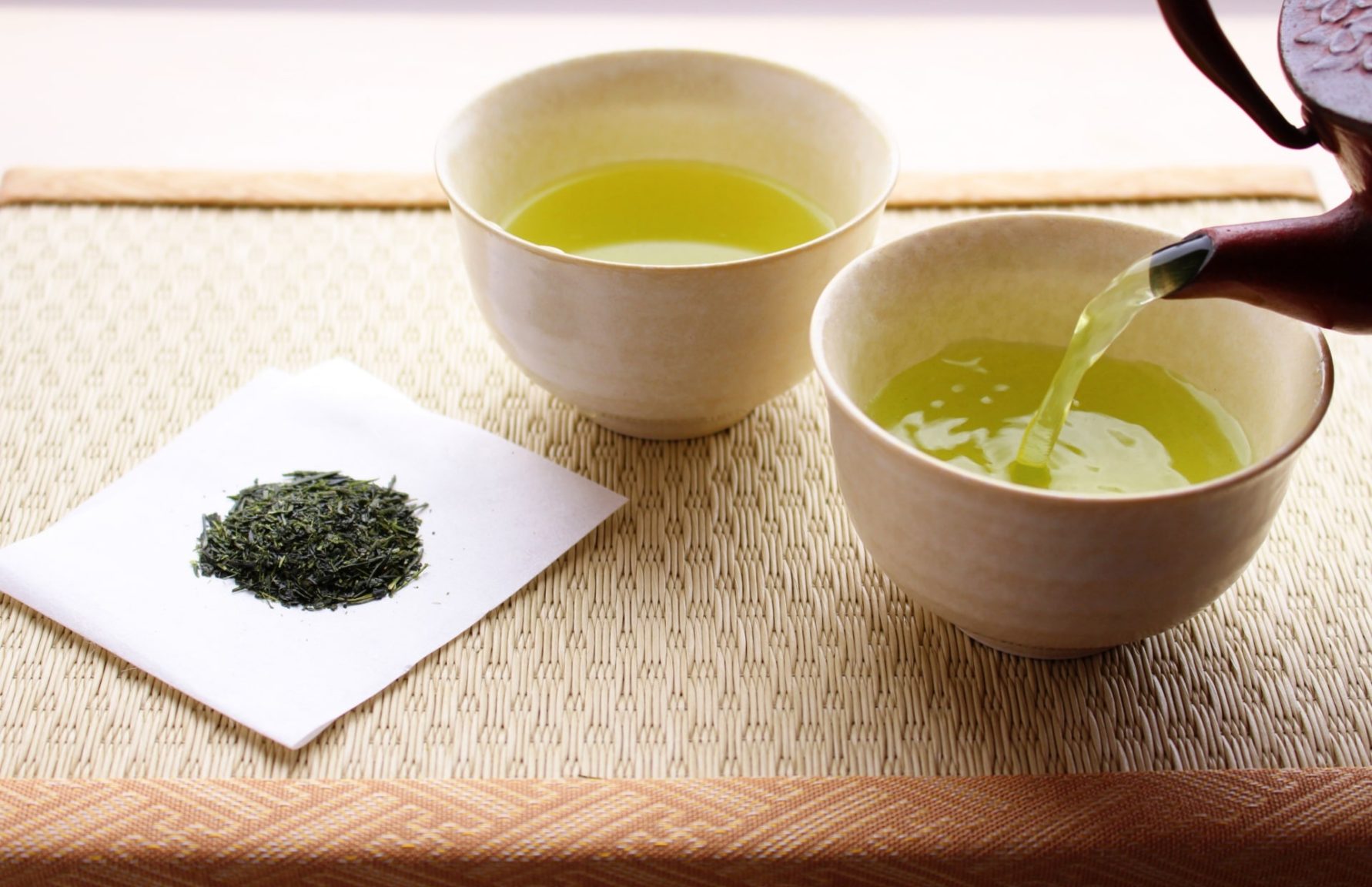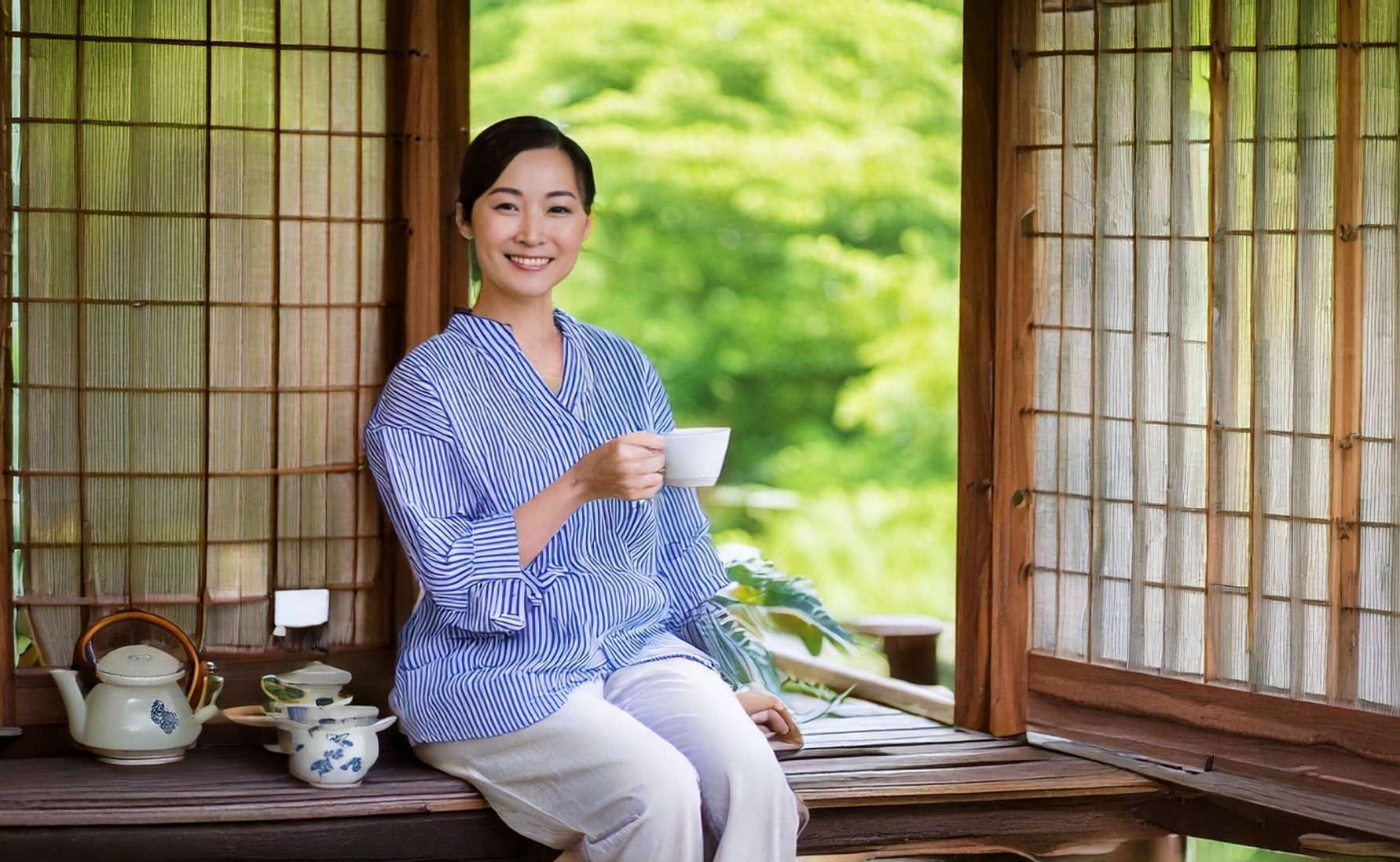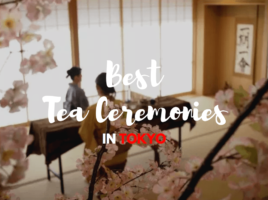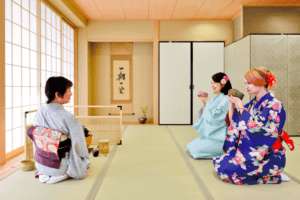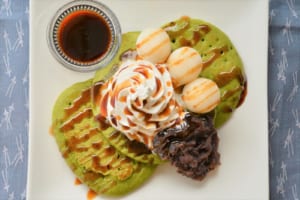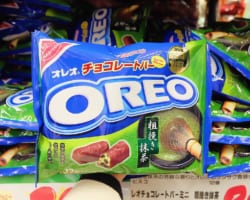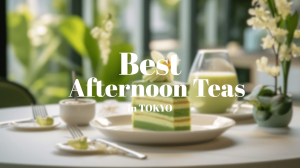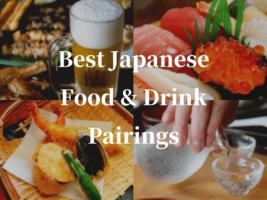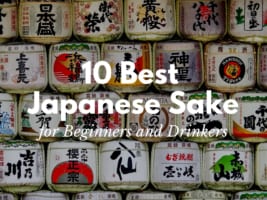Types of Japanese Tea: A Clear Guide for Curious Drinkers
A Complete Guide to Japanese Tea Types: Matcha, Sencha & More

There’s a good chance your first encounter with Japanese tea involved a small, handleless cup of green liquid handed to you at a sushi bar. Maybe it tasted slightly bitter, slightly grassy, maybe you liked it, or maybe you just smiled politely. Either way, you barely scratched the surface.
What many don’t realize is that Japan produces a wide range of teas, each with distinct characteristics, brewing methods, and cultural significance. You have the rich umami punch of matcha and also the mellow toastiness of hojicha, and a nice spectrum in between.
This article is your straightforward, no-frills guide to understanding the major types of Japanese tea. So if you’re building a morning ritual, diving deeper into tea culture, or just want something decent to sip that doesn’t come in a bottle from the vending machine, you’re in the right place!
What Makes Japanese Tea Unique?
Before diving into specific varieties, it helps to understand why Japanese tea stands apart, not just from Chinese teas, but from most teas globally.
- It’s mostly green.
Japan specializes in non-oxidized teas, meaning the leaves are processed to maintain their green color and fresh, grassy notes. - The leaves are steamed, not pan-fired.
Unlike Chinese green teas, which are often pan-fried to halt oxidation, Japanese teas are typically steamed. This gives them their characteristic bright green color and vegetal aroma. It also makes them more delicate and slightly more demanding when it comes to brewing. - Shade-growing is a thing.
Some teas, like matcha and gyokuro, are grown under shade for weeks before harvest. This boosts chlorophyll levels and intensifies umami flavor, something prized in Japanese cuisine. - Food pairing matters.
Japanese teas are often enjoyed with meals, especially those with subtle flavors. Their clean profiles and varying levels of astringency and umami complement rather than overpower food.
Major Types of Japanese Tea
Japan produces a wide variety of teas, but a handful dominate in terms of availability, popularity, and historical relevance. Each has its own flavor profile, caffeine level, and ideal use case. Here’s what you need to know.
Sencha (煎茶)
Japan’s go-to green tea
If there’s one tea you’ll find in most Japanese households, it’s sencha. It makes up about 80% of all tea produced in Japan.
- Flavor profile: Grassy, fresh, slightly astringent
- Caffeine level: Moderate
- Typical use: Daily drinking, especially with meals
- Brewing tip: Use lower-temperature water (~70°C) to avoid bitterness
- Popular Brands: Ippodo, Ito En, Marukyu Koyamaen, Ocha no ITO, Lupicia
Sencha is made from the first and second flushes of the tea plant and steamed shortly after harvest. The flavor can vary slightly depending on the region, but it’s generally well-balanced and accessible.
Matcha (抹茶)
Stone-ground tea for both ceremony and lattes
Matcha is made by grinding shade-grown tea leaves (tencha) into a fine powder. Unlike other teas, you consume the whole leaf when you drink matcha, so it’s a much more concentrated experience.
- Flavor profile: Rich, vegetal, creamy, with strong umami
- Caffeine level: High
- Typical use: Traditional tea ceremonies, matcha lattes, desserts
- Brewing method: Whisk vigorously in hot (not boiling) water using a bamboo whisk (chasen)
- Popular Brands: Marukyu Koyamaen, Ippodo, Encha, Uji Matcha (by various Kyoto producers), Matchaeologist
There are different grades of matcha: ceremonial grade for drinking, and culinary grade for mixing into recipes. If you’re whisking it, skip the culinary stuff—it’s usually too bitter.
Gyokuro (玉露)
The shaded tea for connoisseurs
Grown under shade for about three weeks before harvest, gyokuro is one of Japan’s most prized teas. The shading technique increases chlorophyll and amino acids, especially L-theanine, which gives gyokuro its signature umami flavor.
- Flavor profile: Sweet, smooth, full-bodied umami
- Caffeine level: High
- Typical use: Special occasions, slow sipping
- Brewing method: Use cooler water (around 50°C) and steep longer (2–3 minutes)
- Popular Brands: Ippodo, Tsuen Tea, Maruyama Tea Products, Ocha no Kanbayashi
Gyokuro is not a casual tea. It’s brewed carefully in small amounts and sipped slowly, think of it as the espresso of Japanese tea.
Hojicha (ほうじ茶)
Roasted, low-caffeine comfort tea
Unlike most green teas, hojicha is roasted after steaming, which gives it a reddish-brown color and a warm, toasty aroma.
- Flavor profile: Nutty, roasted, slightly caramel-like
- Caffeine level: Very low
- Typical use: Evening tea, family meals, tea for kids, andthe elderly
- Brewing method: Use near-boiling water and steep for 30–60 seconds
- Popular Brands: Kyoto Obubu Tea Farms, Ippodo, Hojicha Co., Marukyu Koyamaen
The roasting process lowers the caffeine content significantly, making hojicha one of the gentlest Japanese teas. It’s often served after dinner or given to children.
Genmaicha (玄米茶)
Tea with roasted rice
Genmaicha blends green tea (usually sencha or bancha) with roasted brown rice, which adds a nutty, slightly savory dimension.
- Flavor profile: Mellow, toasty, a little sweet
- Caffeine level: Low to moderate (depends on the green tea base)
- Typical use: Breakfast, light meals, beginners
- Brewing method: Steep at ~80°C for 1–2 minutes
- Popular Brands: Ito En, Yamamotoyama, Sugimoto Tea, Ocha no ITO
Originally considered a “people’s tea” for stretching more expensive tea leaves, genmaicha has become popular among newcomers to Japanese tea thanks to its softer and comforting flavor.
Bancha (番茶)
Everyday tea for the budget-conscious
Bancha is harvested later in the season than sencha, using more mature leaves. It’s less delicate and more affordable, but still widely enjoyed in Japanese households.
- Flavor profile: Mild, slightly woody or nutty
- Caffeine level: Low
- Typical use: Daily drinking, especially in large volumes
- Brewing method: Similar to sencha—steep around 85°C for 1–2 minutes
- Popular Brands: Ocha no ITO, Ippodo, Uogashi Meicha, Rishi Tea (for international)
Bancha is great if you’re looking for a cost-effective green tea you can drink throughout the day without overthinking it.
Quick Comparison Table
| Tea Type | Flavor Profile | Caffeine | Best Use | Specialty Notes |
| Sencha | Grassy, bright | Moderate | Everyday drinking | Most common in Japan |
| Matcha | Umami, creamy | High | Ceremonial, lattes | Whisked powdered tea |
| Gyokuro | Sweet, umami-rich | High | Connoisseur sipping | Shade-grown, premium |
| Hojicha | Roasted, nutty | Low | Evening relaxation | Roasted flavor, gentle |
| Genmaicha | Popcorny, mellow | Low-Med | New drinkers, light food | Contains roasted rice |
| Bancha | Mild, earthy | Low | Budget-friendly drinking | Late harvest, coarser leaf |
Health Benefits of Japanese Green Tea: What the Research Actually Says
Japanese green tea is a cultural staple that’s also a subject of scientific interest for its potential health benefits. Here’s what current research reveals about its effects on caffeine intake, stress reduction, and weight management.
Caffeine Content: How Does It Compare to Coffee?
Japanese green teas generally contain less caffeine than coffee. For instance:
- Sencha: Approximately 20 mg of caffeine per 100 ml
- Matcha: Around 30 mg per 100 ml.
- Gyokuro: Up to 160 mg per 100 ml.
- Coffee: Typically 80–100 mg per 100 ml.
While matcha and gyokuro can have higher caffeine levels, the presence of L-theanine in green tea may modulate caffeine absorption, potentially leading to a more stable energy release compared to coffee.
L-Theanine: A Natural Stress-Reducer
L-theanine, an amino acid unique to tea leaves, is associated with relaxation effects. Studies suggest that L-theanine can promote a state of calm alertness without drowsiness.
Furthermore, research indicates that the combination of L-theanine with other compounds in green tea, such as arginine, may enhance its stress-reducing effects.
Catechins and Weight Management: Evaluating the Evidence
Green tea contains catechins, notably epigallocatechin gallate (EGCG), which have been studied for their role in weight management. Some research findings include:
- Daily consumption of catechin-rich green tea for 12 weeks was associated with reductions in body fat.
- Catechins may enhance fat oxidation and energy expenditure, especially when combined with caffeine.
However, it’s important to note that while these effects are promising, they are generally modest and should be considered as part of a comprehensive approach to weight management, including diet and exercise.
Key Japanese Tea Regions: Where the Best Leaves Come From
Japan’s tea is also shaped by where it’s grown. Each region offers unique environmental conditions, cultivation techniques, and flavor profiles. Understanding the geography behind the tea helps explain why one gyokuro doesn’t taste like another, and why Uji matcha commands a premium.
Here’s a practical guide to the most renowned tea-growing regions in Japan:
Shizuoka Prefecture (静岡県)
Japan’s largest tea-producing region
- Tea types: Sencha, Fukamushicha (deep-steamed green tea), matcha, and more
- Flavor profile: Clean, balanced, often slightly astringent
- Notable for: Producing around 40% of Japan’s green tea
- Climate: Mountainous with frequent fog, ideal for slow leaf growth
Shizuoka Prefecture is the workhorse of Japanese tea. While it may not have the brand prestige of Uji or Yame, its volume, variety, and consistent quality make it the backbone of the industry.
Related: Obuchi Sasaba and Imamiya: Best Green Tea Plantations in Shizuoka
Uji (宇治), Kyoto Prefecture
The birthplace of matcha and center of tea refinement
- Tea types: Matcha, gyokuro, high-grade sencha
- Flavor profile: Rich umami, elegant, refined
- Notable for: Historical connection to the Japanese tea ceremony
- Climate: Mild with well-drained soils
The Kyoto Prefecture’s Uji region is considered the gold standard for ceremonial-grade matcha. The region’s long-standing tea cultivation techniques, dating back over 800 years, lend its teas a reputation for excellence and heritage.
Related: Wazuka Tea Farm: Kyoto’s Hidden Teatopia & Hibiki-an: A Legacy of Authenticity and Passion in Every Cup of Uji Green Tea
Kagoshima Prefecture (鹿児島県)
The rising star in southern Japan
- Tea types: Sencha, kabusecha (shade-grown), matcha
- Flavor profile: Mild, sweet, low astringency
- Notable for: Being Japan’s second-largest tea producer
- Climate: Warm and volcanic, leading to early harvests
Kagoshima Prefecture’s innovation and scale are turning heads. With its volcanic soil and warm climate, teas from this region are often softer and rounder in flavor. The region is known for modern farming methods and sustainable practices.
Yame, Fukuoka Prefecture (八女市, 福岡県)
The gyokuro capital
- Tea types: Premium gyokuro, matcha, sencha
- Flavor profile: Deep umami, smooth, low bitterness
- Notable for: Producing some of Japan’s most prized gyokuro
- Climate: Foggy valleys and cool temperatures ideal for shading
The gyokuro produced in Fukuoka Prefecture’s Yame region routinely wins national tea competitions. The area is also known for “Dento Hon Gyokuro,” a traditional and protected form of shade-grown tea, which is hand-picked and extremely limited in production.
Mie Prefecture (三重県)
A quiet contributor with ancient roots
- Tea types: Kabusecha, sencha
- Flavor profile: Mild, balanced
- Notable for: The Ise region, one of the oldest tea areas
- Climate: Similar to Shizuoka but less commercialized
Mie Prefecture doesn’t make as many headlines as Kyoto or Shizuoka, but it’s an important historical producer. Kabusecha from Ise is known for its quality and gentle flavor, making it popular in both domestic and export markets.
For more details about the main tea producers, check our article 10 Best Tea Regions in Japan.
Want to Try the Best Japanese Green Tea Brands?
If you’re ready to try Japanese green tea for yourself, it helps to know what kind of format suits your lifestyle. Here’s a brief guide to help you get started:
Teabags
A convenient option for beginners or busy drinkers. Many reputable brands offer high-quality teabags that retain good flavor and aroma without the fuss.
- Popular Brands: Ito En, Lupicia, Yamamotoyama, Ocha no ITO
- Best For: Daily drinking, office use, quick brewing
- Where to Buy: Japanese supermarkets, Amazon Japan, Rakuten
- Price Range: Approx. ¥300–¥800 per box of 20–30 bags
Powdered (Non-Matcha)
Beyond matcha, some producers offer powdered versions of sencha or genmaicha for convenience and ease of mixing.
- Popular Brands: Ito En (Instant Green Tea), Tsujiri, Ujinotsuyu
- Best For: Iced tea, quick mixing, travel
- Where to Buy: Japanese grocery chains, online stores
- Price Range: Around ¥500–¥1,200 per pouch
Matcha (Ceremonial & Culinary Grade)
Matcha ranges from everyday cooking grade to premium ceremonial powders used in tea ceremonies.
- Popular Brands: Marukyu Koyamaen, Ippodo, Encha, Matchaeologist
- Best For: Ceremonial use, lattes, desserts
- Where to Buy: Specialty tea shops, Kyoto-based online stores, Amazon
- Price Range: ¥1,000–¥4,000+ depending on grade and weight
Loose Leaf
Traditionalists and tea aficionados usually prefer this format for full control over steeping and flavor.
- Popular Brands: Ippodo, Lupicia, Tsuen Tea, Maruyama Tea Products
- Best For: Authentic brewing experience, full flavor expression
- Where to Buy: Department stores in Japan, online from direct producers
- Price Range: ¥800–¥3,000+ depending on tea type and grade
Bottled Green Tea
Bottled green tea is a massive category in Japan’s beverage market. Great for hydration on the go, with options ranging from basic unsweetened sencha to premium cold-brew gyokuro.
- Popular Brands: Ito En “Oi Ocha”, Suntory “Iyemon”, Kirin “Nama-cha”, Coca-Cola Japan’s “Ayataka”
- Best For: On-the-go refreshment, vending machine lovers
- Where to Buy: Convenience stores, supermarkets, vending machines
- Price Range: ¥100–¥180 per bottle
We’ve also curated a list of top-quality green tea brands that are actually worth your time and money. Check out our roundup of the Best Japanese Green Tea!
Common Misconceptions About Japanese Tea
Misunderstandings around Japanese tea are common, especially for new drinkers navigating unfamiliar terminology and brewing methods. Here are some of the most persistent myths—and the reality behind them:
“All green tea is the same.”
Not even close. Sencha, matcha, gyokuro, bancha, and hojicha all fall under the “green tea” umbrella, but they differ wildly in flavor, processing, and use. Matcha is powdered and shade-grown. Hojicha is roasted. Bancha is made from later harvests. Each has a distinct identity.
“Matcha and green tea are different.”
They’re technically the same species (Camellia sinensis) but processed differently. Matcha is a form of green tea. It’s made from tencha leaves that are ground into powder. So saying “matcha isn’t green tea” is like saying espresso isn’t coffee.
“You can steep Japanese tea like black tea.”
That’s a fast track to bitter tea. Japanese teas (especially sencha and gyokuro) require lower water temperatures, often between 50°C and 80°C, and shorter steeping times. Using boiling water will scorch the leaves and ruin the flavor.
“The darker the green, the better the tea.”
Color varies depending on processing and doesn’t necessarily indicate quality. Fukamushi (deep-steamed) teas are darker and more opaque, while lightly steamed teas are brighter and more translucent. Both can be excellent.
“Green tea is caffeine-free.”
It’s not. Japanese green tea contains caffeine, although typically less than coffee. Matcha and gyokuro, in particular, can contain higher caffeine levels than expected.
Frequently Asked Questions (FAQ)
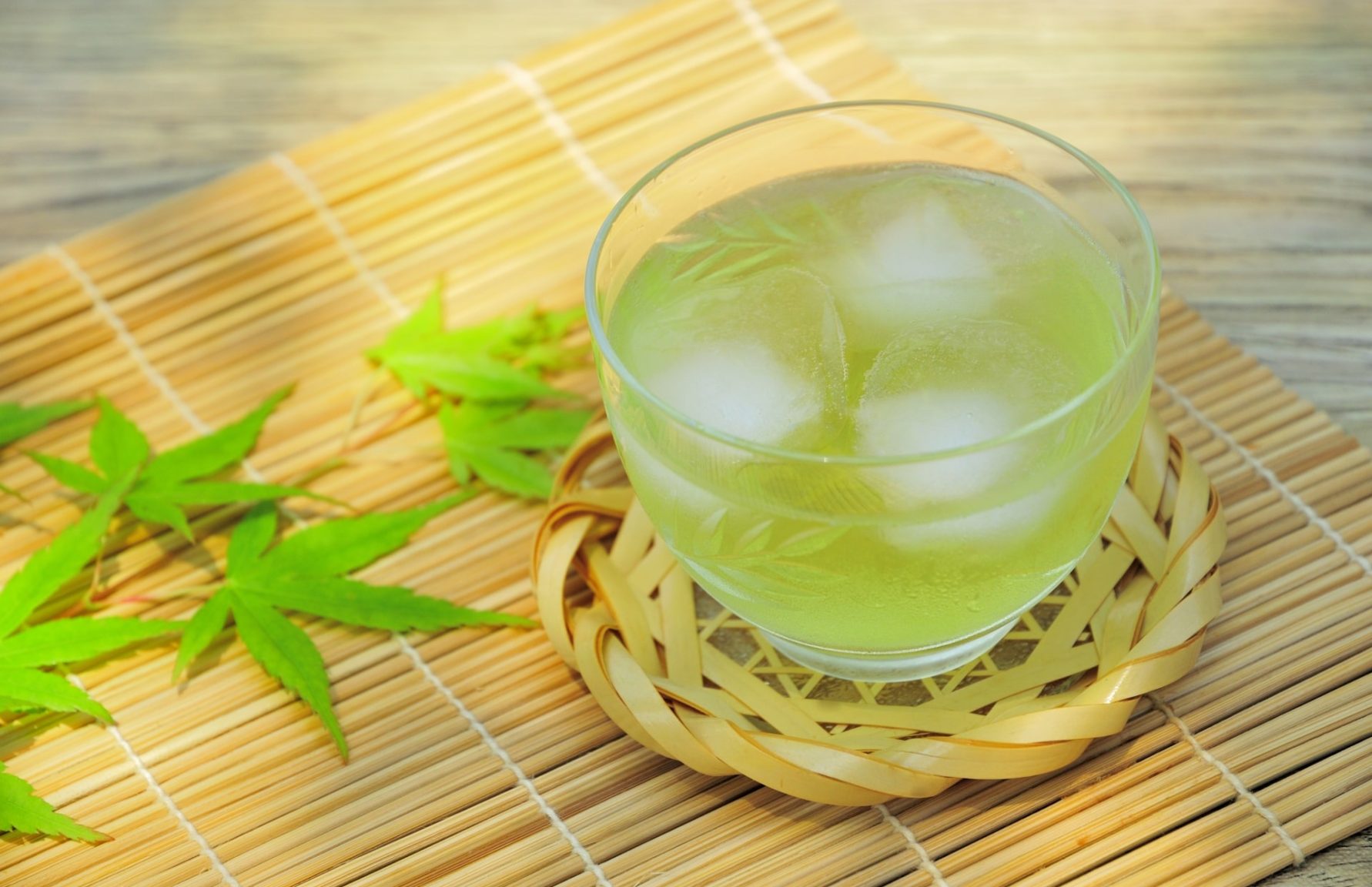
1. Is Japanese green tea healthier than Chinese green tea?
Not necessarily, it depends on the type. Japanese green teas are usually steamed, which preserves more catechins (a type of antioxidant), while Chinese green teas are pan-fired. Both have health benefits, but they’re different in style and composition.
2. Can I drink Japanese tea on an empty stomach?
Some people can, but many find that green tea, especially strong sencha or matcha, can irritate the stomach when taken without food. Try drinking it after meals to be safe.
3. Can I drink Japanese tea daily?
Just manage your caffeine intake, especially with matcha or gyokuro.
4. What’s the shelf life of Japanese green tea?
Generally, 6–12 months for loose-leaf teas if stored in a cool, dark place in an airtight container. Matcha is more sensitive to light and oxidation—aim to finish it within a few weeks of opening.
5. Is it okay to re-steep Japanese tea leaves?
Yes, and you should. Sencha and gyokuro are often re-steeped 2–3 times, with slight adjustments to time and temperature. The second infusion is often smoother and sweeter.
6. Can kids drink Japanese tea?
Hojicha and genmaicha are low in caffeine and often given to children in Japan. Matcha and gyokuro are better suited for adults due to their higher caffeine content.
7. How should I store matcha?
Airtight container, refrigerated after opening, and away from light. Use it quickly as oxidation degrades both flavor and nutrients.
Experience Japanese Tea Beyond the Cup
Learning about Japanese tea is one thing. Experiencing it in a traditional setting takes it to another level. If you’re visiting Japan and want to see how tea is prepared, served, and respected, these guides will help:
Matcha Lovers: Where to Eat, Drink, and Snack in Japan
Curious what matcha tastes like outside the teacup? Japan is packed with creative and genuinely delicious ways to enjoy it. These guides will help you taste your way through Japan, one green bite at a time:
Japanese tea is a culture, a craft, and in many cases, a daily ritual. Each type offers its own character and health perks, and getting to know them helps you appreciate every cup more. Let your taste guide you, and if you’re in Japan, don’t miss the chance to experience it at the source!
If you’re interested in Japanese food or drinks, check out these articles below, too!
Written by
Photographer, journalist, and avid urban cyclist, making sense of Japan since 2017. I was born in Caracas and lived for 14 years in Barcelona before moving to Tokyo. Currently working towards my goal of visiting every prefecture in Japan, I hope to share with readers the everlasting joy of discovery and the neverending urge to keep exploring.





